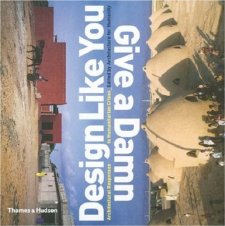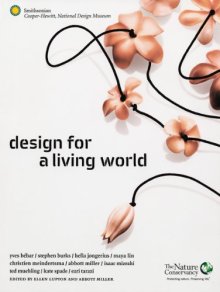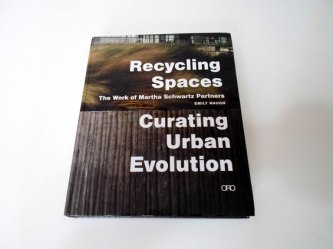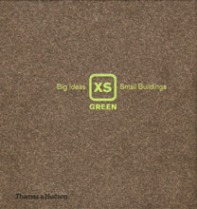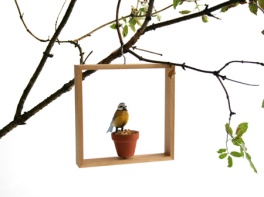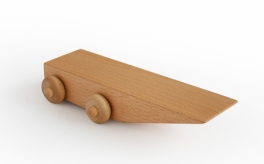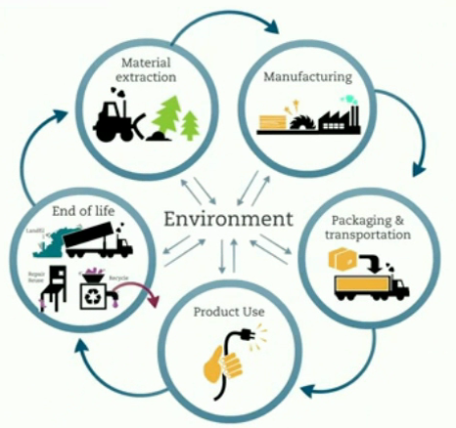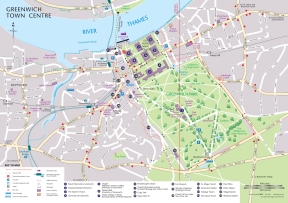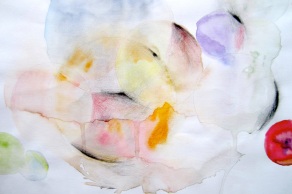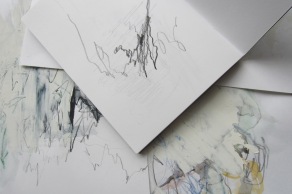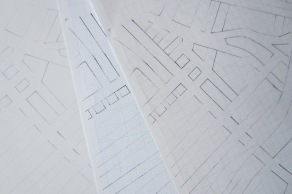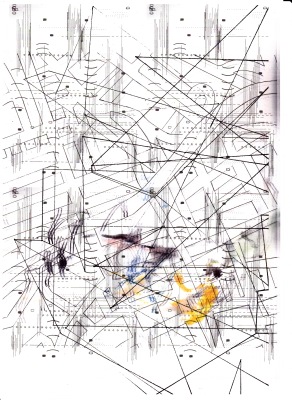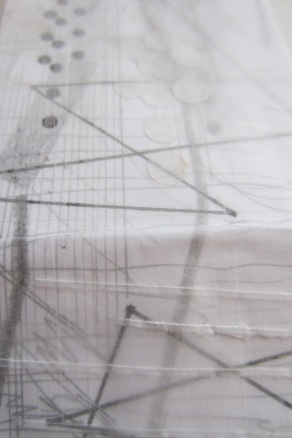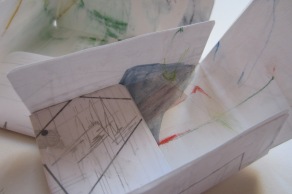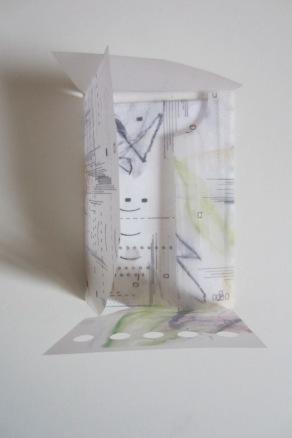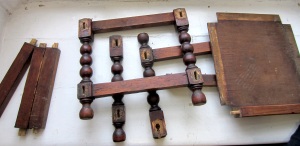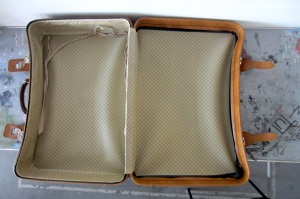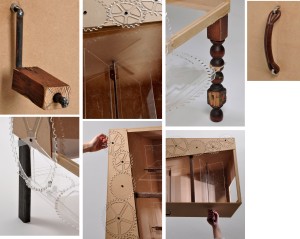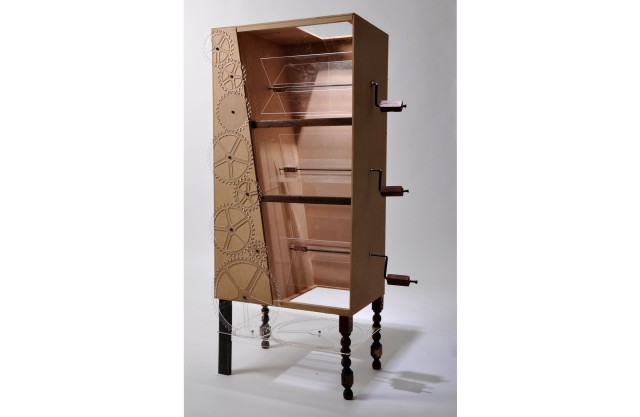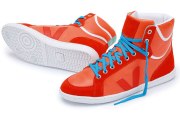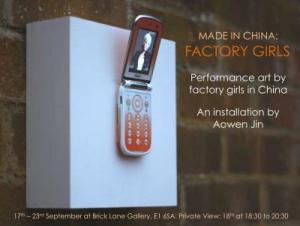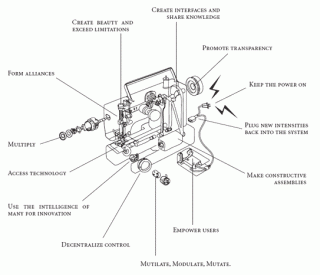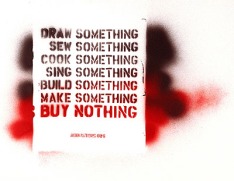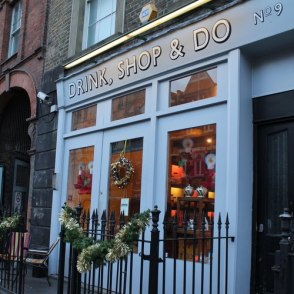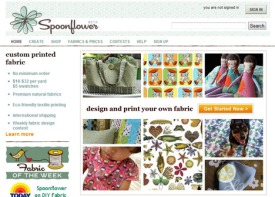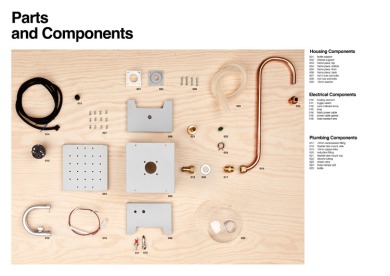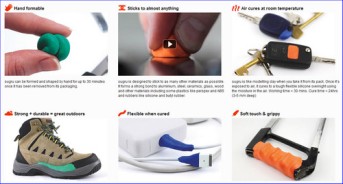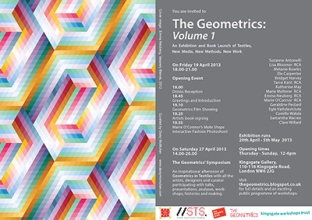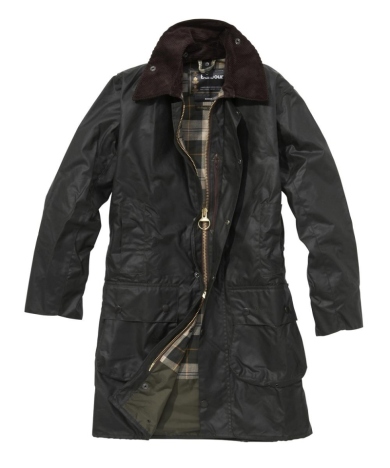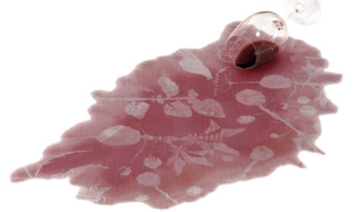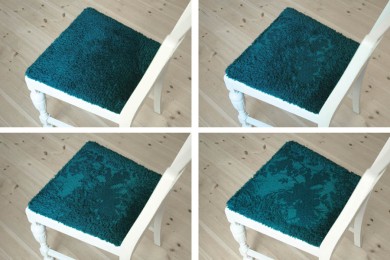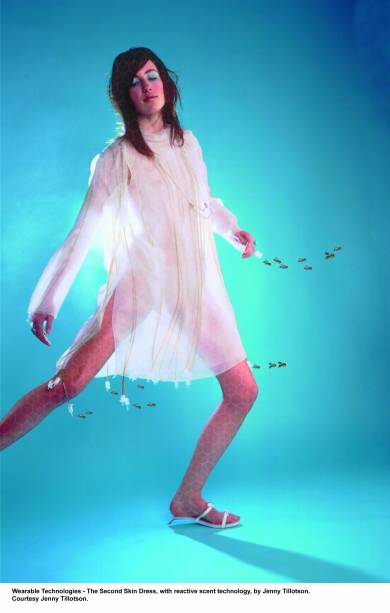I have been aware of the Sustainability issue for a long time, especially since the beginning of my studies. The subject of Sustainability often features within the media, and my research has introduced me to several projects with ecological agendas. Living with a lesser environmental impact is something I address in my daily life, but in terms of my work, I knew there must be so much more that I could do to improve. I chose to participate in the Sustainable design elective because of the frequency with which I was faced with the issue of Sustainability. I was increasingly aware of the topic and therefore felt it was vital that I, as an aspiring designer, gained a better and more meaningful understanding of it.
As part of the elective we were asked to conduct a blog. This was a new experience for me. I have always enjoyed keeping sketchbooks and journals that log ideas and inspiration, and found the process of keeping a blog similar. I found that by keeping a blog I was much more aware of recording an idea, and thinking in far more detail about what it’s relevance was. As a result of keeping the blog I feel I have improved my research abilities, and that it has helped me to be more evaluative of this research. An aspect of the blog that differs from a journal is the fact that it is public- the information I post is shared with a world wide community, providing a platform for discussion and a place to share ideas. From the lectures I have seen the importance of collaboration between designers, and how sharing information is the best way to promote sustainable choices and develop innovative ideas. My blog is now a useful tool for me to store ideas, but also reflect upon and refer to during future projects.
The lectures in this elective aimed to explore the role that designers play in sustainability and the strategies that can be put in place to make and strategic change towards sustainability. By looking in detail at the “TED TEN” developed by the Textiles Environment Design research project at Chelsea.
I found the TED TEN so insightful, and going through the strategies opened my eyes to so many aspects of sustainability that I had never even considered before. I think the strategies are an incredibly useful tool to use as a reference, and to reflect critically on weather my projects adhere to the approaches. I learnt that I need to think more carefully about aspects of sustainable design in a broader context. I can now see the importance of ethical and activist considerations, as well as the need to consider the entire life cycle of a design as opposed to just the materials used to create it in the present.
Going through the lectures it became clear that the TED TEN strategies have links within one another, and I have come to understand that there is not one single answer to sustainability, and there never will be. A truly sustainable project is achieved through making a series of considered design decisions that innovatively explore different approaches to sustainability and apply multiple strategies to achieve the most effective results.
One quote that I found profound, and has stuck with me is “decisions made in design are responsible for eighty to ninety percent of a product’s environmental and economic costs” (Graedel et al. 1995). I would never have considered the impact was so great at the design stage, yet seeing it put so plainly like this, and in the context of the lecture series, it becomes obvious, and gave me huge sense of perspective, highlighting to me the degree of accountability that falls to designers to act upon sustainable strategies.
The lectures have provided me with a wide variety of resources with which to continue my learning. I have been introduced to practicing designers, whose work I found inspiring and intend to follow the progress of. Presented with a collection of websites and books to explore I have been able to build a “catalogue” of stimulating information to support and inform my own work. This “catalogue” is one I intend to continually add to, keeping my knowledge up to date and connected to the innovations that are always developing towards sustainable design, in turn ensuring my work always has the most sustainable potential.
My second year BA Interior and Spatial Design project has progressed alongside the elective, and as a result I was able to directly incorporate my newly acquired knowledge throughout the development stages of my project and apply the ideas that were discussed.
The lectures have completely transformed my understanding of the word “sustainable” and the extent of the criteria labelling something with the term entails. Going forward I intend to develop a personal manifesto of strategies to apply to my practice. This manifesto will be adaptable so that it remains relevant to the variety of work that I hope to partake in the future.
